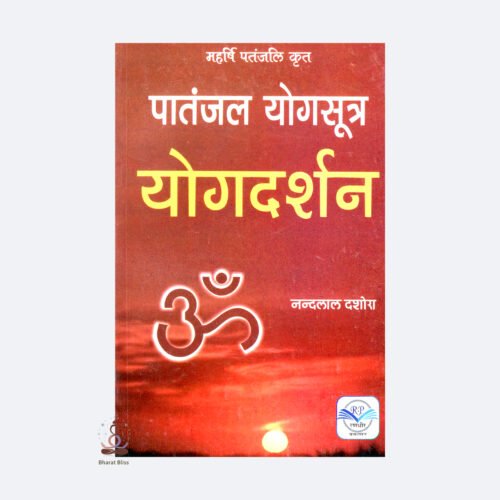वाटिका निधि श्री राधेश्याम बंका
वाटिका निधि - श्री राधेश्याम बंका
परिचय:
वाटिका निधि एक प्रतिष्ठित वित्तीय संस्था है जिसकी स्थापना समाज की आर्थिक प्रगति एवं समृद्धि के उद्देश्य से की गई है। इस संस्था के प्रमुख मार्गदर्शक एवं प्रेरणास्त्रोत श्री राधेश्याम बंका हैं, जो न केवल एक सफल उद्योगपति हैं, बल्कि एक समाजसेवी, धार्मिक विचारों वाले एवं दूरदृष्टि रखने वाले व्यक्तित्व भी हैं।
श्री राधेश्याम बंका का योगदान:
-
उन्होंने वाटिका समूह के माध्यम से अनेक क्षेत्रों में महत्वपूर्ण कार्य किए हैं, जिनमें रियल एस्टेट, वित्त, और सामाजिक सेवा प्रमुख हैं।
-
उनका उद्देश्य केवल व्यापारिक लाभ नहीं, बल्कि समाज को आत्मनिर्भर एवं समृद्ध बनाना भी रहा है।
-
उन्होंने सामाजिक उत्तरदायित्व (CSR) के अंतर्गत शिक्षा, स्वास्थ्य एवं महिला सशक्तिकरण जैसे क्षेत्रों में अनेक पहल की हैं।
वाटिका निधि के मुख्य उद्देश्य:
-
आम जनता को सुरक्षित एवं लाभदायक वित्तीय योजनाएँ उपलब्ध कराना।
-
छोटे निवेशकों के लिए विश्वसनीय एवं पारदर्शी निवेश के अवसर प्रदान करना।
-
सामाजिक एवं आर्थिक रूप से पिछड़े वर्गों को वित्तीय रूप से सशक्त बनाना।
विशेषताएँ:
-
पारदर्शिता और विश्वास पर आधारित संचालन
-
अनुभवी नेतृत्व एवं मजबूत प्रबंधन
-
ग्राहकों की संतुष्टि को सर्वोच्च प्राथमिकता













